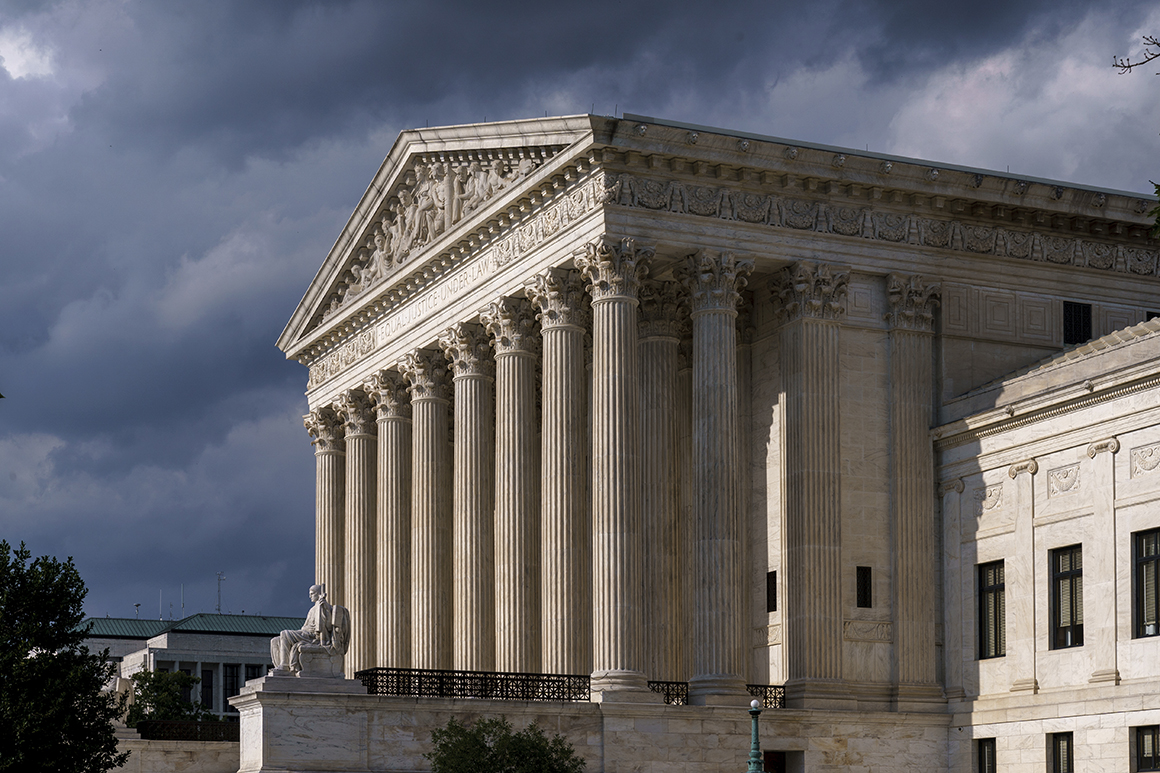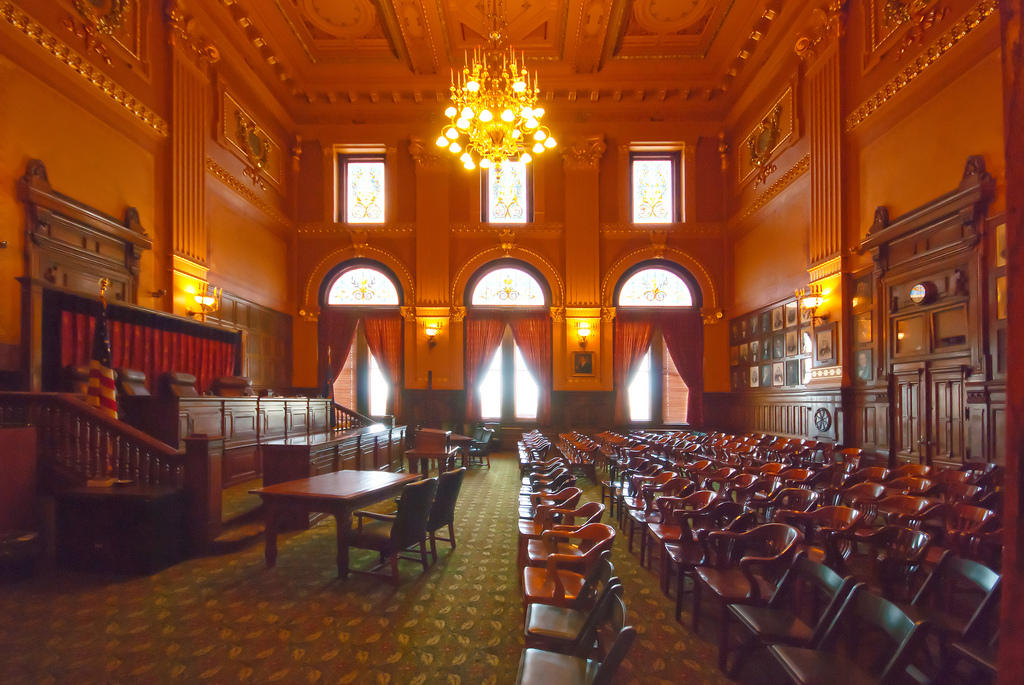US federal court hearings
Federal courts have always strongly encouraged the participation of citizens in litigation and other events of this kind.
At the same time, however, one should not forget that the trial taking place before your eyes is very important for the parties involved.
The litigation begins with the filing of a lawsuit or complaint, then comes the preparation for the process, and then the process itself.
Who is involved in the trial
Referee. The judge presides over the court, sitting at a table standing at the back of the platform. The judge has four main functions.
First, he leads the court session and keeps order in the hall. Secondly, it determines whether the evidence that the parties intend to use is lawful or relevant to a particular situation.
Third, he gives directions to jurors as to the applicable law in the case before they leave for deliberation. And, fourthly, if the trial takes place without the participation of a jury, it gives an assessment of the facts of the deed and makes a decision.
Judges of the federal appeals and district courts are appointed by the president with the approval of the Senate. Prior to the appointment of judges to this position, most of them worked in private bar associations, and also served as part-time judges in state courts or were public prosecutors.
Some of them taught law. Upon appointment of these persons as judges, they are strictly prohibited from practicing law. They must also avoid any activity that could lead them to be suspected of supporting the interests of one party or another during the trial.

For this reason, they do not have the right to speak in support of certain candidates for public office, as well as appeal to the public with a request to provide material assistance to civil organizations.
Jurors.
A small (or directly involved in the judicial investigation) jury is located in a specially fenced-off place on the right or left side of the room in which the court session takes place.
An ordinary visitor to an American court will not see a grand jury, since it always works in secrecy.
Jury trial first appeared in Britain hundreds of years ago. This factor played an important role in the events that led to the restoration of the American colonies (“Revolutionary War”).
The Declaration of Independence, in particular, contains an accusation of the English King George III that he “in many cases” denied the colonists the right to “trial by jury”.
Thus, the current US Constitution guarantees the choice of a jury for every criminal defendant, as well as parties in most civil cases.
In criminal cases in federal courts, the jury usually consists of 12 people and from one to six jury members. Candidates are used to replace the permanent members of the jury in case of illness, disqualification or inability to perform their duties.
When considering civil cases, the jury may include from 6 to 12 sworn attorneys. Candidates in such cases are usually not appointed. All members of the jury, with the exception of those absent by permission of the court, are required to take part in the verdict.
Lawyers.
Counsel for each side sits at defense tables and either sits facing the president’s table or addresses the judge, witnesses, or jury.
It is the task of the lawyer to present facts that present the client in a favorable light, while adhering to generally accepted legal methods and procedures.
When considering criminal cases, one of the lawyers represents the interests of the executive body of the government that initiated this court case. In federal criminal cases, the U.S. Attorney or his deputy acts as such an attorney.
A prosecutor for each of the 94 judicial districts is appointed by the US President with the approval of the US Senate.
Parties.
The parties may or may not be present at court hearings. They sit with their lawyers at the defense tables. Criminal defendants have a constitutional right to be present at trials.

Amendment 6 to the Basic Law of the State, in particular, states that “the accused has the right to be present at the testimony against him.” Parties in civil lawsuits may attend court hearings if they wish, but they are often absent.
Witnesses
Witnesses testify on disputed facts in the case. During the testimonies, they sit in a place specially designated for witnesses, facing the audience.
Because witnesses are called upon to testify by different parties, they are referred to as plaintiff’s, government’s or defense’s witnesses.
Assistant Clerk or Clerk of the Court
The assistant clerk, or clerk of the court, who usually takes a seat next to the judge, swears witnesses, takes notes on evidence, and generally ensures that the court proceeds promptly.
Sometimes during the trial, the secretary is absent from the courtroom, doing other tasks related to the work of the court. An assistant clerk or clerk of the court is employed by the office of the court.
He is appointed by all the judges of that court and works closely with the Chief District Judge, who is responsible for managing all the affairs of the court.
Judicial record clerk
The court clerk is located next to the place where the witnesses testify. He usually keeps a shorthand record of the meeting, typing it on a typewriter. (In some courts, minutes are recorded on tape).
Federal law requires verbatim minutes of all court hearings. In the event that one of the parties appeals or requests a printout of the transcript for verification, the court clerk will make a transcript and provide the relevant party with a copy of it.
